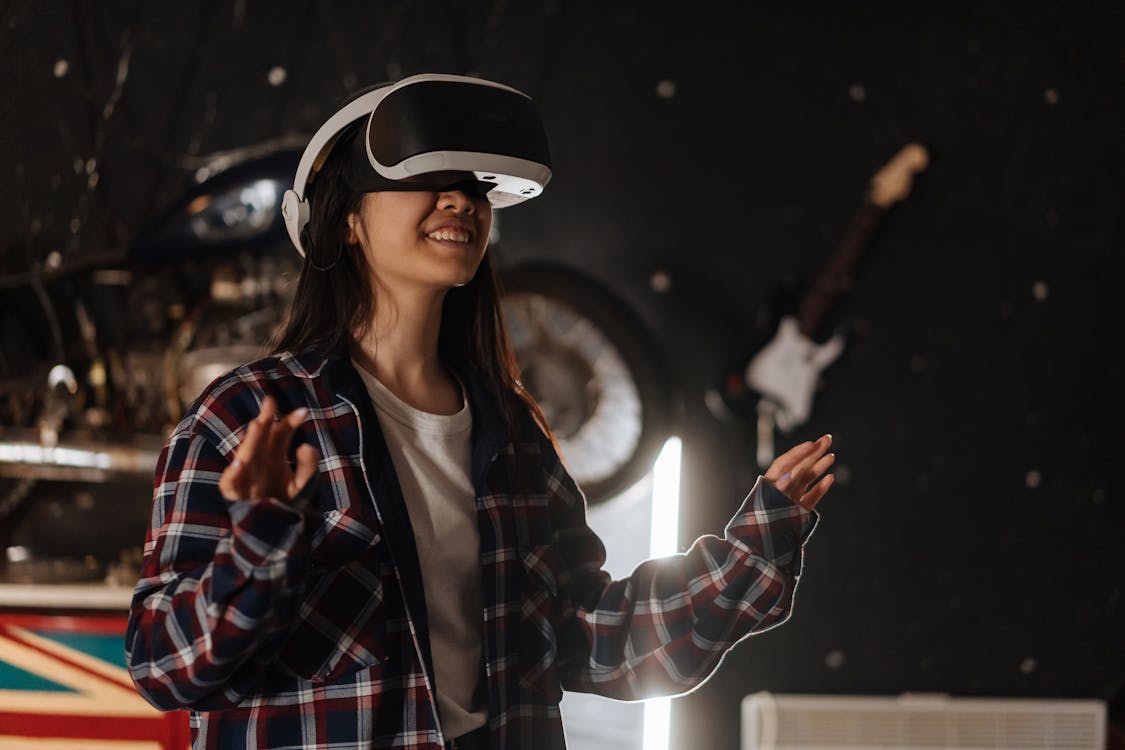Virtual reality (VR) headsets have become increasingly popular in recent years, offering a gateway to immersive experiences that transcend the limitations of the physical world. But what exactly are VR headsets, and how do they work?
VR Headsets Explained
A VR headset is a head-mounted device that utilizes two key components:
- Stereoscopic Displays: These displays present slightly different images to each eye, mimicking natural human vision and creating a three-dimensional effect.
- Positional Tracking: Sensors within the headset track the user’s head movements, allowing the virtual environment to adjust accordingly. This creates a sense of presence, where users feel like they are physically located within the virtual world.
Beyond Gaming: VR Applications
While VR gaming is a major driving force behind headset development, the applications extend far beyond entertainment. Here are some exciting uses of VR technology:
- Education and Training: VR can create immersive learning experiences, allowing students to explore historical sites, travel to different parts of the world, or even perform virtual dissections in science class.
- Architecture and Design: VR enables architects and designers to walk through 3D models of buildings before they are constructed, facilitating collaboration and identifying potential issues.
- Healthcare: VR is being used for pain management, phobia treatment, and even surgical simulations, offering new avenues for patient care and medical training zombiesthemovie.com/.
Choosing a VR Headset
The VR headset market offers a variety of options, with features and prices catering to different needs. Here are some factors to consider when choosing a headset:
- Standalone vs. Tethered: Standalone headsets operate independently, while tethered headsets require a powerful computer to function.
- Resolution and Refresh Rate: Higher resolution and refresh rate provide a sharper and smoother visual experience.
- Field of View: A wider field of view creates a more immersive experience.
- Controllers: Some VR experiences require handheld controllers for interaction within the virtual world.
The Future of VR
VR technology is still evolving, with advancements in display technology, haptic feedback (providing a sense of touch), and motion tracking promising even more realistic experiences. As VR headsets become more affordable and accessible, we can expect to see them integrated further into various aspects of our lives, shaping the future of entertainment, education, and even work.




